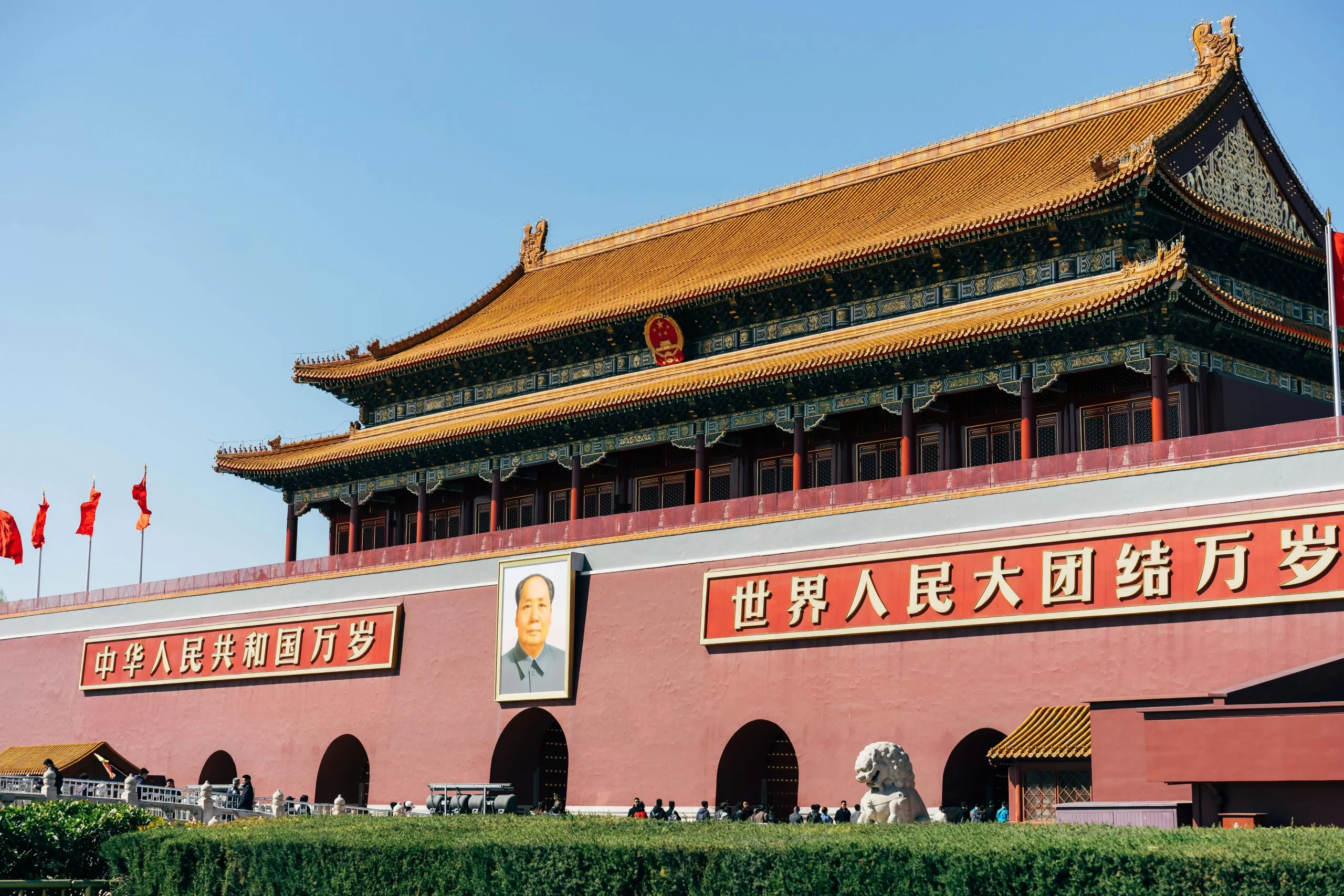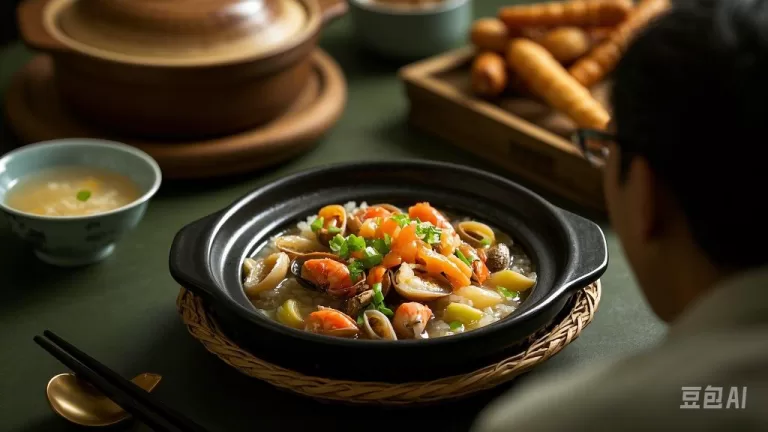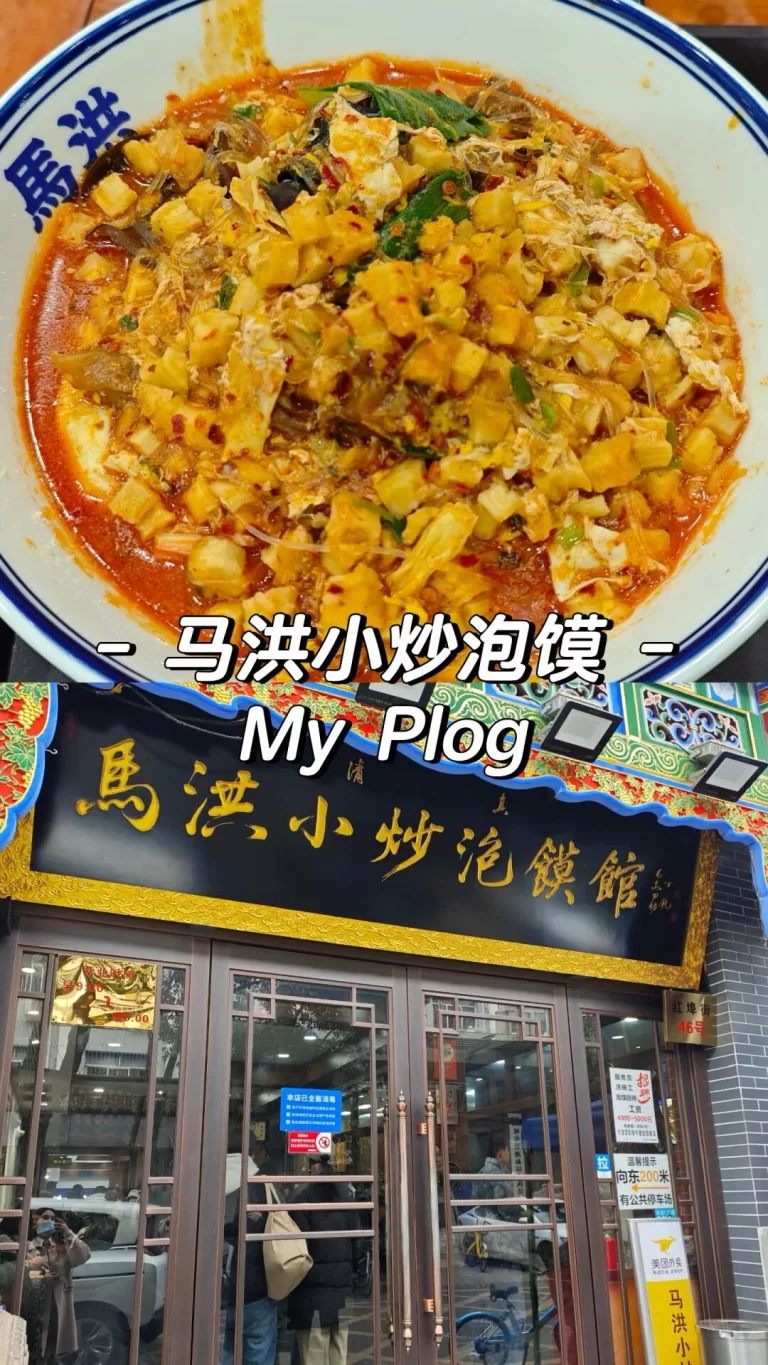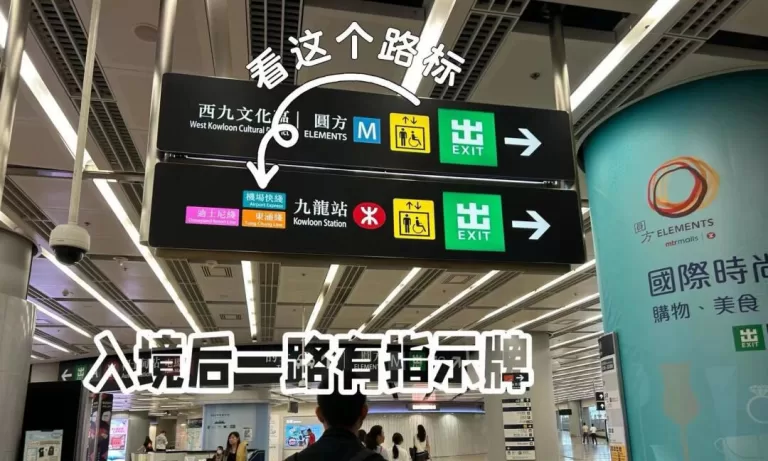Beijing Local Travel Guide – a history spanning over 3,000 years
- I. Introduction
- II. Before You Go
- III. Getting Around
- IV. Must-Visit Attractions
- V. Cultural Experiences
- VI. Dining in Beijing
- VII. Shopping in Beijing
- VIII. Day Trips from Beijing
- IX. Practical Tips
- X. Conclusion
I. Introduction
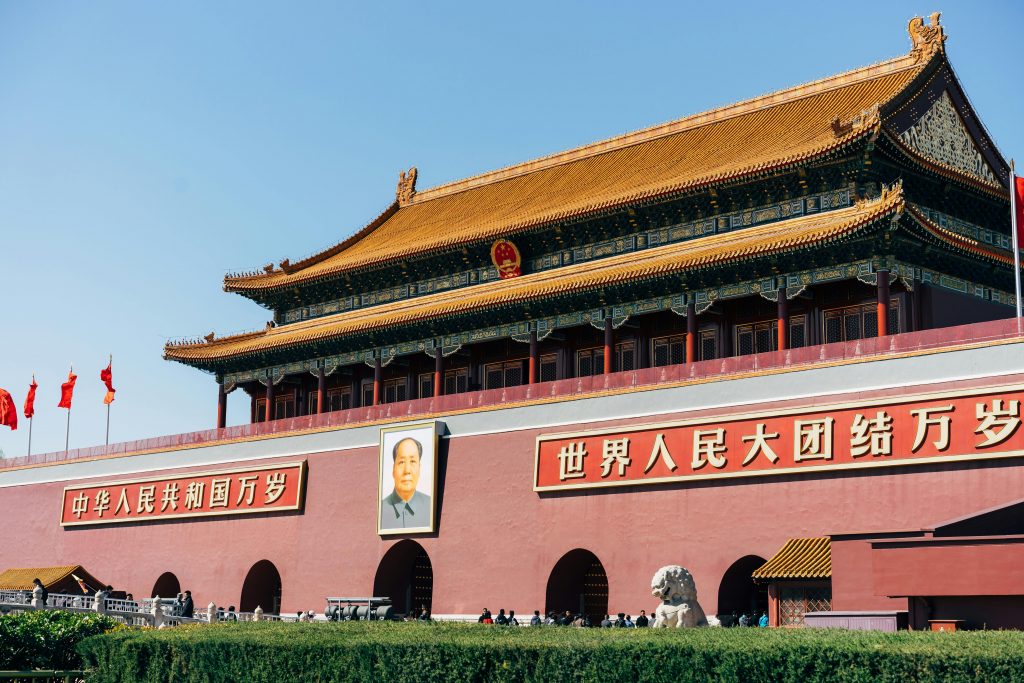
Welcome to Beijing, the vibrant capital of China that seamlessly weaves together a rich tapestry of history, culture, and modernity. With a history spanning over 3,000 years, this metropolis has served as the political, cultural, and economic heart of the nation for centuries. Beijing is not only a city but a living museum, where ancient palaces stand in harmony with soaring skyscrapers, and narrow hutongs (alleys) tell tales of bygone eras. It’s a place where you can traverse the Great Wall, one of the world’s most iconic wonders, and then find yourself immersed in the cutting-edge art and technology of the 798 Art District. Whether you’re a history buff, a foodie eager to explore unique flavors, or an art lover seeking inspiration, Beijing has something extraordinary to offer. Join us on this virtual journey to uncover the hidden gems and must-visit spots in this captivating city.
II. Before You Go
Visa Application
Most foreign visitors to China need to obtain a valid visa in advance. The type of visa you should apply for depends on the purpose of your visit. Tourist visas (L visas) are commonly used for travel. You can apply for a visa at the Chinese embassy or consulate in your home country. Make sure to check the latest visa requirements and application procedures as they may change. Prepare all necessary documents, such as your passport (with at least six months of validity remaining), completed visa application forms, photos, and proof of travel arrangements (flight tickets, hotel bookings, etc.). It’s advisable to start the visa application process well in advance to avoid any last-minute hassles.
Best Time to Visit
Beijing experiences four distinct seasons, each offering a unique charm.
- Spring (March – May): The city comes alive with blooming flowers and mild temperatures. It’s a great time to visit parks and enjoy outdoor activities. However, be prepared for some windy days.
- Summer (June – August): While it can get hot and humid, this is also the peak tourist season. You can explore air-conditioned museums, visit the Great Wall early in the morning or late in the afternoon to avoid the midday heat, and enjoy the vibrant nightlife.
- Autumn (September – November): Considered by many as the best time to visit, with clear skies, pleasant temperatures, and beautiful autumn foliage. It’s perfect for photographing iconic landmarks against a backdrop of colorful leaves.
- Winter (December – February): It’s cold, but you can experience a less crowded Beijing. The Forbidden City and other historical sites look especially majestic under a blanket of snow. Skiing and ice skating are also available in some areas.
What to Pack
- Clothing: Pack according to the season. In spring and autumn, bring layers as the temperature can vary throughout the day. In summer, light and breathable clothes are essential, along with a hat and sunglasses for sun protection. In winter, bring warm winter coats, gloves, scarves, and boots.
- Footwear: Comfortable walking shoes are a must, especially if you plan to explore the hutongs and walk long distances at tourist sites. For winter, make sure your shoes have good traction on slippery surfaces.
- Electronics: Don’t forget your camera or smartphone to capture memories, along with chargers and power banks. A universal adapter might be needed if your plugs are different from the Chinese standard.
- Personal Items: Carry your passport, travel insurance documents, and some cash. While credit cards and mobile payment are widely accepted in major areas, having cash on hand is useful in small local shops or markets. Also, bring any necessary medications, sunscreen, and a reusable water bottle.
III. Getting Around
Airports
- Beijing Capital International Airport (PEK): Located about 25 kilometers northeast of downtown Beijing, it’s one of the busiest airports in China. It has three terminals (T1, T2, and T3), serving domestic and international flights. T3 is particularly large and modern, handling many long-haul international flights. You can find a wide range of facilities, including restaurants, duty-free shops, lounges, and currency exchange counters. There are various transportation options to reach the city center:
- Airport Express (Subway): The Airport Express Line connects the airport to the city center. It has stations at T2 and T3, and you can transfer to other subway lines at Sanyuanqiao or Dongzhimen stations. It’s a convenient and relatively fast way to get downtown, with trains running regularly.
- Airport Buses: There are numerous airport bus routes that go to different parts of the city, such as major hotels, railway stations, and commercial areas. You can buy tickets at the airport bus counters, and it’s a good option if you have a lot of luggage or prefer a more direct journey to your destination.
- Taxis: Taxis are readily available outside the terminals. It’s advisable to use the official taxi queue to ensure a proper ride. Make sure the driver uses the meter, and there is an additional airport surcharge.
- Beijing Daxing International Airport (PKX): Opened in 2019, this state-of-the-art airport is located about 46 kilometers south of the city center. It features a stunning terminal design inspired by a phoenix. The airport has excellent connectivity and is becoming an important hub. Transportation options include:
- Daxing Airport Express (Subway): This dedicated subway line connects the airport to the city. It’s fast and efficient, with trains running frequently. You can transfer to other subway lines at Caoqiao station.
- Intercity Trains: The Beijing-Xiong’an Intercity Railway has a stop at Daxing Airport, providing a convenient option for travelers coming from or going to other cities in the region.
- Taxis and Ride-Hailing: Similar to the Capital Airport, you can easily find taxis and use ride-hailing apps. The ride to the city center takes around 40-60 minutes, depending on traffic.
Train Stations
- Beijing South Railway Station: A major transportation hub mainly for high-speed trains. It serves destinations across China, including Shanghai, Tianjin, and Nanjing. The station is modern and well-equipped, with various amenities like restaurants, shops, and waiting lounges. It’s conveniently connected to the subway network, making it easy to transfer to other parts of the city.
- Beijing West Railway Station: One of the largest railway stations in Asia, handling a large volume of passenger traffic. It offers both regular and high-speed train services. The station has multiple floors and a vast concourse. There are numerous dining options, convenience stores, and services for travelers. It’s also linked to the subway, allowing for seamless connections.
- Beijing Railway Station: The oldest railway station in Beijing, it still plays an important role in transporting passengers. It mainly operates domestic trains, especially those heading to the northeast and north China regions. The station has a nostalgic charm, and you can find basic amenities and transportation connections nearby.
Public Transportation
- Subway: Beijing’s subway system is extensive and efficient, making it the most convenient way to get around the city. As of now, it has numerous lines covering almost all major areas. The stations are marked in Chinese and English, and announcements are made in both languages. You can use a single-journey ticket or a rechargeable transportation card (Yikatong). The subway operates from around 05:00 to 23:00, with slightly different schedules on weekends and holidays. Some popular tourist destinations, such as the Forbidden City, Tiananmen Square, and the Summer Palace, have nearby subway stations.
- Buses: The bus network is comprehensive, with various routes crisscrossing the city. It’s a great way to see the local scenery and experience the city life. However, during rush hours, traffic can be congested. You can pay the fare in cash (exact change is required) or use the transportation card. Some buses are double-deckers, offering a better view. There are also sightseeing buses that take you to major attractions.
- Taxis and Ride-Hailing: Taxis are easily accessible on the street or at taxi stands. Make sure the driver uses the meter. Ride-hailing apps like Didi are widely used and convenient. You can book a ride through the app and pay electronically. In some areas, especially during peak tourist seasons or rush hours, it might take a bit longer to get a ride.
Cycling and Walking
- Cycling: Beijing has been improving its cycling infrastructure in recent years. There are dedicated bike lanes in many areas, and you can rent shared bicycles through apps like Mobike and Ofo. Cycling is a fun and eco-friendly way to explore the city, especially in the hutongs or parks. Just make sure to follow traffic rules and wear a helmet.
- Walking: Walking is a great way to soak up the atmosphere in areas like the hutongs, where you can discover hidden courtyards, small shops, and local life. Many tourist attractions are also close to each other, making it convenient to explore on foot. However, be cautious of traffic and crowded sidewalks in busy areas.
IV. Must-Visit Attractions
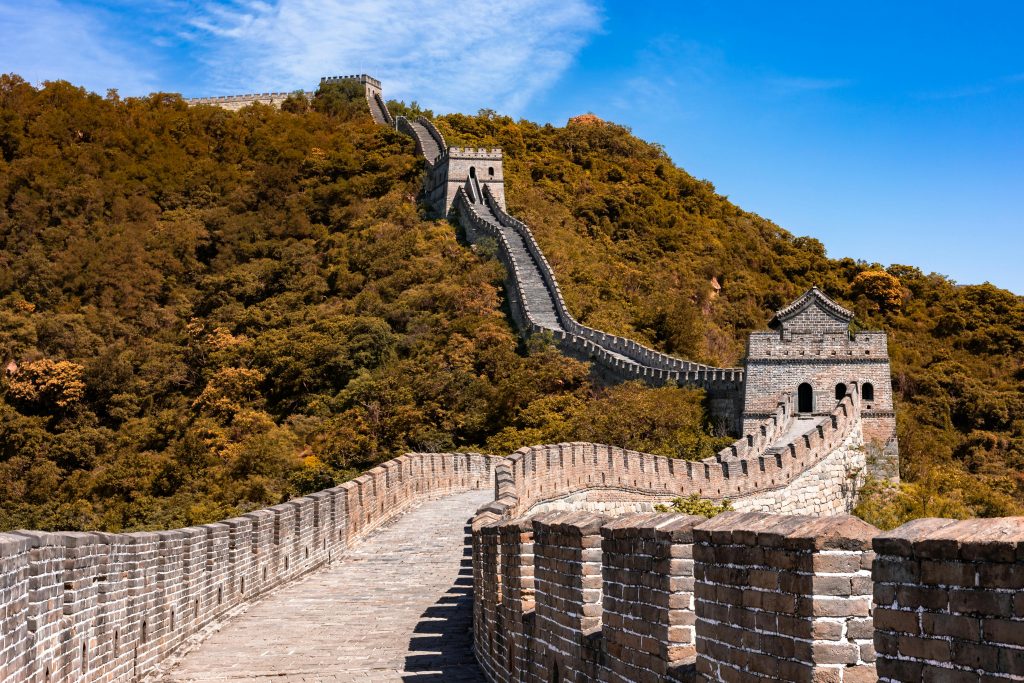
1. The Forbidden City
Step back in time and enter the Forbidden City, also known as the Palace Museum. This majestic palace complex served as the imperial residence for 24 emperors during the Ming and Qing dynasties. With a history spanning over 500 years, it’s a remarkable testament to China’s rich imperial heritage. As you pass through the imposing Meridian Gate, you’ll find yourself immersed in a world of ancient architecture, intricate carvings, and a vast collection of cultural relics. Wander through the palaces, halls, and courtyards, and imagine the lives of the emperors and their courts. Don’t miss the Hall of Supreme Harmony, the largest and most important hall, where grand ceremonies were held. You can rent an audio guide or join a guided tour to fully appreciate the historical significance and stories behind each building. After exploring the Forbidden City, recharge at one of the nearby restaurants, such as the Forbidden City Corner Tower Cafe, where you can enjoy a cup of coffee with a view of the palace walls.
2. The Great Wall
No visit to Beijing is complete without a trip to the Great Wall, one of the world’s most iconic landmarks. Stretching over 21,000 kilometers, this ancient fortification winds its way through mountains and valleys. While there are several sections accessible to visitors, Badaling and Mutianyu are two of the most popular. Badaling offers a well-preserved and relatively easy climb, making it suitable for most travelers. You can take a cable car up for a more leisurely experience or challenge yourself to hike to the top. Mutianyu, on the other hand, is known for its stunning scenery and fewer crowds. It features unique watchtowers and a more rugged terrain. To get to Badaling, you can take a direct bus from Deshengmen or opt for a train and then a transfer. For Mutianyu, consider taking a dedicated tourist shuttle or a private car. Whichever section you choose, plan to spend a whole day to fully soak up the magnificence of the Great Wall and take in the breathtaking views.
3. Tiananmen Square
Located in the heart of Beijing, Tiananmen Square is not only the largest city square in the world but also a symbol of China’s national pride. It has witnessed many significant
V. Cultural Experiences
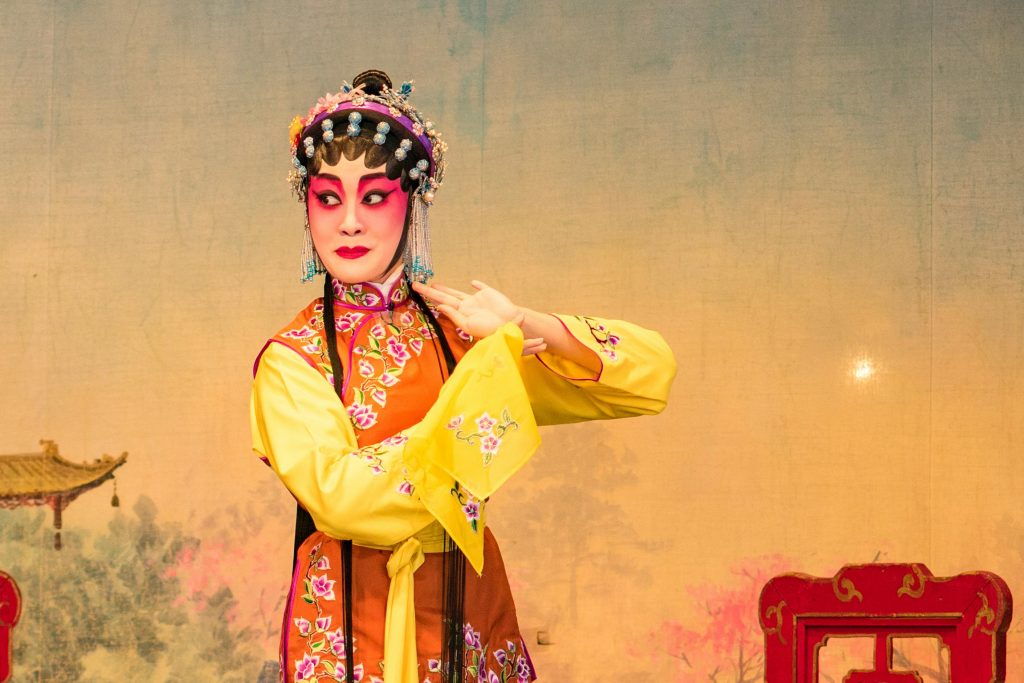
1. Hutong Exploration
Venture into the narrow alleyways known as hutongs to discover the authentic essence of old Beijing. These labyrinthine lanes, lined with traditional courtyard houses (siheyuan), offer a glimpse into the daily lives of generations past. Wander through areas like Nanluogu Lane and Yandai Xiejie. Nanluogu Lane, with its well-preserved 元代布局 and vibrant mix of old and new, is a delight. You can explore the numerous small shops selling handicrafts, sample local snacks, and visit historic residences. Yandai Xiejie, named for its resemblance to a tobacco pouch, is another hotspot. Here, you’ll find antique stores, trendy cafes, and delicious street food. Consider taking a rickshaw tour guided by a local to learn about the history and stories behind these hutongs. As you meander, don’t forget to try some traditional snacks like zhajiangmian (noodles with soybean paste) or jianbing (Chinese crepes).
2. Peking Opera
Immerse yourself in the captivating world of Peking Opera, a quintessential Chinese art form that combines music, singing, dancing, acrobatics, and elaborate costumes. Catch a performance at renowned theaters like the Chang’an Grand Theater or the Mei Lanfang Grand Theater. The shows often feature classic tales of heroes, legends, and historical events. Before attending, it’s helpful to familiarize yourself with the basic plots and characters to enhance your enjoyment. You can book tickets online or at the theater box office. Some theaters also offer English subtitles or audio guides to assist international visitors. Sit back, relax, and let the enchanting melodies and stunning visuals transport you to a bygone era.
3. Calligraphy and Painting Workshops
Unleash your creativity and delve into the rich artistic heritage of China through calligraphy and painting workshops. Many studios in Beijing offer hands-on experiences for beginners and enthusiasts alike. Learn the art of wielding a calligraphy brush to create elegant Chinese characters or try your hand at traditional ink-wash painting. You’ll be guided by experienced artists who will teach you the techniques, brushstrokes, and cultural significance. Some popular workshops are located in art districts like 798 or in cultural centers. At the end of the session, you can take home your own masterpiece as a unique souvenir. It’s not only a fun activity but also a profound cultural immersion.
VI. Dining in Beijing
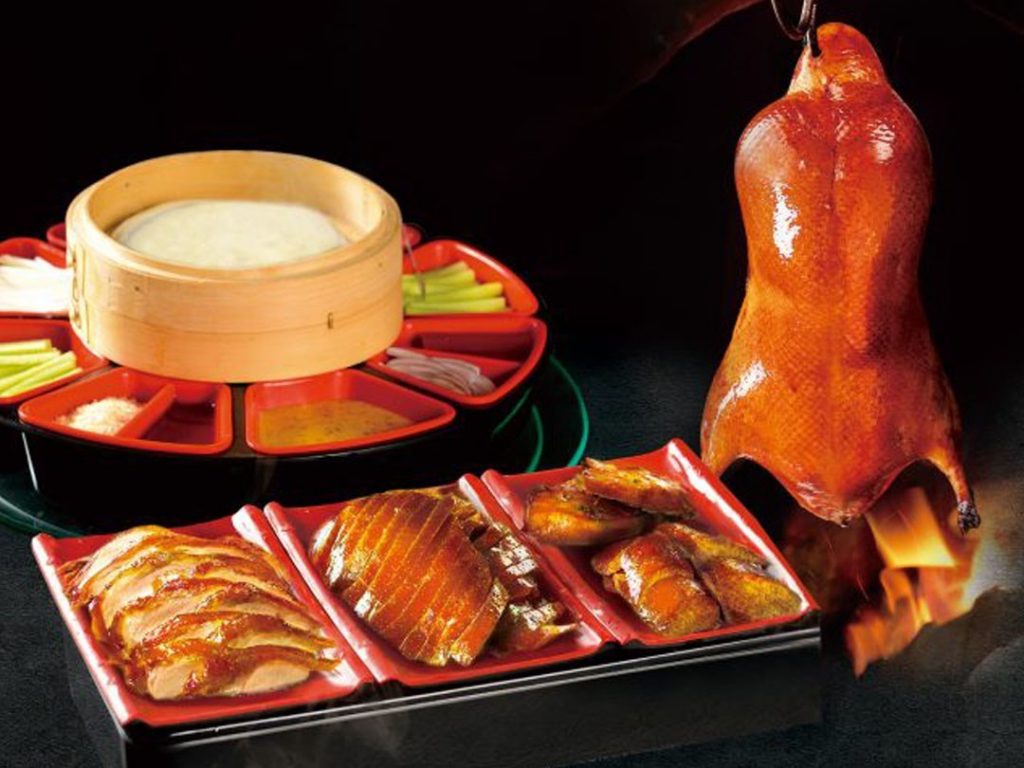
1. Beijing Roast Duck
A visit to Beijing is incomplete without indulging in the world-renowned Beijing Roast Duck. This iconic dish has a history dating back over 600 years to the Ming Dynasty when it was a delicacy reserved for the imperial court. Today, it’s a must-try for every traveler. The ducks are specially bred and meticulously prepared. They are roasted to perfection, resulting in a crispy, golden-brown skin and tender, juicy meat. Some popular places to savor this delicacy include Quanjude, a time-honored brand established in 1864, known for its traditional open-oven roasting technique. Another favorite is Bianyifang, which dates back even further to 1416 and specializes in closed-oven roasting, giving the duck a unique flavor. When ordering, you can choose to have the duck carved tableside. The traditional way to enjoy it is by wrapping thin slices of duck meat and crispy skin in a thin pancake, along with scallions, cucumber, and a dab of sweet bean sauce. For a modern twist, some restaurants offer creative accompaniments like caviar or fruit slices.
2. Snacks in the Hutongs
Wandering through the hutongs, you’ll encounter a plethora of mouthwatering street snacks that are an essential part of Beijing’s food culture. One of the most famous (or infamous, depending on your taste buds) is douzhir, a fermented mung bean drink. It has a strong, sour flavor that might be an acquired taste for foreigners, but it’s beloved by locals, especially when paired with jiaoquan (deep-fried dough rings). Another classic is luzhu, a hearty stew made with pork intestines, lungs, and other offal, simmered in a rich broth with spices and served with pieces of baked bread. Zhaguan, a thick stew of pork liver and intestines, is also a popular choice. These snacks can be found at small local eateries and food stalls throughout the hutongs. Venture into places like Nanluogu Lane or Guijie Street, where the aroma of these delicious treats fills the air. Don’t be afraid to try something new; you might discover a new favorite!
3. Local Restaurants
Beyond the famous duck and street snacks, Beijing offers a diverse range of local restaurants. For authentic Beijing cuisine, head to restaurants like Dadong, which not only serves excellent roast duck but also innovative Beijing-inspired dishes. The restaurant’s modern take on traditional flavors and elegant presentation make it a favorite among locals and tourists alike. If you’re craving hot pot, Donglaishun is a renowned establishment that specializes in traditional copper pot mutton hot pot. The thinly sliced mutton, fresh vegetables, and flavorful broth are perfect for warming up on a chilly day. For a taste of home-style cooking, try Fangshan Restaurant, which has been serving classic Beijing dishes since 1925. Their menu features a variety of dishes made with seasonal ingredients, prepared with traditional techniques. These restaurants, along with many others, offer a chance to explore the depth and variety of Beijing’s culinary landscape.
VII. Shopping in Beijing
1. Wangfujing Street
Renowned as the “Golden Street,” Wangfujing Street is a shopper’s paradise. This bustling commercial area dates back over 700 years, evolving from a street lined with mansions and a sweet water well in the Ming Dynasty to a modern shopping mecca. Stretching 810 meters, it’s flanked by a dazzling array of stores, from time-honored Chinese brands to high-end international labels. At the Beijing Department Store, founded in 1955, you can explore a vast selection of local products, making it a prime spot for souvenirs. Fashionistas will delight in the Oriental Plaza, home to global luxury brands. After a shopping spree, refuel at one of the many restaurants. Try the Beijing Roast Duck at Quanjude, a century-old establishment famed for its crispy-skinned, succulent duck. Or sample local snacks at Wangfujing Snack Street, a food haven offering everything from tanghulu (candied hawthorn) to jianbing (Chinese crepes). As night falls, the street transforms, with neon lights and bustling crowds, creating a vibrant atmosphere that truly captures the essence of Beijing’s modernity.
2. Silk Market
For a more adventurous shopping experience, head to the Silk Market. This iconic market, also known as Xiushui Street, has been a favorite among international visitors since the 1970s. It’s a bustling bazaar where you can haggle for a wide range of goods, from silk garments and handicrafts to brand-name knockoffs (though be cautious of intellectual property). The market was initially a small cluster of street stalls selling fresh produce and trinkets to foreigners in the embassy area. Today, it’s a multi-story complex with over 1,700 stalls. Test your bargaining skills as you search for unique treasures. Remember, the initial price quoted is often just a starting point, so don’t be shy to negotiate. But also keep an eye on quality, especially when purchasing electronics or branded items. Once you’ve sealed your deals, take a break at one of the nearby cafes and soak up the lively atmosphere.
3. Antiques and Cultural Relics
Beijing is a treasure trove for antique enthusiasts, but it’s crucial to tread carefully. The Beijing Antique City, established in 1989, is Asia’s largest antique trading hub, housing over 600 dealers. Here, you can find porcelain, calligraphy, paintings, and more. However, when purchasing antiques, ensure you have proper documentation and understand the export regulations. For a legal and hassle-free experience, focus on replicas. The Panjiayuan Flea Market is another hotspot. It sprawls over 48,500 square meters, divided into sections for antiques, handicrafts, and curios. On weekends, it buzzes with activity as collectors and tourists alike scour the stalls. You might stumble upon a vintage poster, a carved wooden box, or a traditional Chinese inkstone. While the authenticity of items can vary, it’s all part of the fun. Just remember, buying antiques in China requires knowledge and caution to avoid any legal pitfalls.
VIII. Day Trips from Beijing
If you have a bit more time, consider taking a day trip from Beijing to explore the surrounding areas.
- The Ming Tombs: Located about 50 kilometers northwest of Beijing, the Ming Tombs is a complex of mausoleums for 13 emperors of the Ming Dynasty. The area is surrounded by mountains and lush greenery, creating a serene and majestic atmosphere. You can visit the Dingling Mausoleum, which is the only one excavated and open to the public. Here, you can descend into the underground palace and see the burial chambers and relics. The Changling Mausoleum, the largest and best-preserved, is also a must-see. It features magnificent architecture and a solemn layout. To get there, you can take a bus from Deshengmen (No. 872) or opt for a more flexible journey by car. Plan to spend a whole day to fully explore the different mausoleums and soak up the historical significance.
- The Summer Palace: Another wonderful day trip option is the Summer Palace, a vast imperial garden that showcases the beauty of Chinese landscaping. It’s about 15 kilometers northwest of downtown Beijing. The palace features a large lake, numerous pavilions, corridors, and temples. You can take a boat ride on Kunming Lake, stroll along the Long Corridor with its thousands of painted scenes, and visit the Hall of Benevolence and Longevity. The best way to reach the Summer Palace is by subway. Get off at the North Gate Station (Line 4) or the East Gate Station (Line 4, transfer at Xiyuan Station). Spend a leisurely day enjoying the natural and architectural wonders, and don’t forget to bring a picnic to relax by the lake.
- Badaling Wildlife World: For a unique experience, head to Badaling Wildlife World, which is adjacent to the famous Badaling Great Wall. It’s home to hundreds of species of animals, including tigers, lions, bears, and giraffes. You can drive through the safari area in your own car (extra fee) or take a park bus to get up close to the wildlife. The park also has animal shows and feeding opportunities in the petting area. To get there, you can take a bus from Deshengmen (No. 919) or drive along the Badaling Expressway. It’s a great destination for families and animal lovers, offering a different perspective of nature and wildlife conservation.
IX. Practical Tips
Language
While many people in Beijing, especially those in the tourism and service industries, can speak some English, it’s still useful to learn a few basic Chinese phrases. Simple greetings like “Ni Hao” (Hello), “Xie Xie” (Thank you), and “Bu Yong Xie” (You’re welcome) can go a long way in making connections. In restaurants, knowing how to order food and ask for the bill can enhance your experience. Mobile apps like Google Translate or Pleco can be handy for more complex communication. Some attractions also offer multilingual audio guides or have English-speaking staff to assist visitors.
Currency Exchange
The currency in China is the Chinese Yuan (CNY or RMB). You can exchange currency at airports, banks, and some large hotels. However, it’s advisable to exchange some money before your trip to avoid unfavorable exchange rates at the airport. Banks usually offer more competitive rates. In major shopping areas and tourist sites, some larger stores and restaurants accept credit cards like Visa, MasterCard, and American Express. Mobile payment is also extremely popular in China. Apps like Alipay and WeChat Pay are widely used, even by street vendors. You can link your foreign credit card to these apps in some cases, or use cash to top up your digital wallet at convenience stores.
Emergency Numbers
In case of emergencies, remember these important numbers:
- Police: 110
- Ambulance: 120
- Fire: 119
It’s a good idea to save these numbers in your phone and know how to communicate your location and the nature of the emergency in English or with the help of translation apps.
Internet and Communication
Most hotels, cafes, and restaurants in Beijing offer free Wi-Fi. You can also get a local SIM card upon arrival at the airport or from mobile carrier stores in the city. China Mobile, China Unicom, and China Telecom are the major providers. Buying a prepaid SIM card with a data plan allows you to stay connected on the go. However, you’ll need to present your passport for registration. If you prefer to use your international roaming plan, check with your home carrier about rates and coverage. Some areas, especially in remote parts of the Great Wall or mountainous regions, may have weaker signal strength, so it’s best to plan accordingly.
X. Conclusion
Beijing is a city that captivates the heart and mind, offering a wealth of experiences that will stay with you long after you leave. From the grandeur of its ancient palaces to the buzz of its modern neighborhoods, from the savory delights of its cuisine to the artistic expressions in its galleries, Beijing is a destination that has it all. So pack your bags, bring your sense of adventure, and get ready to create memories that will last a lifetime. We look forward to welcoming you to this remarkable city and hope you’ll return time and time again to uncover more of its hidden treasures.

